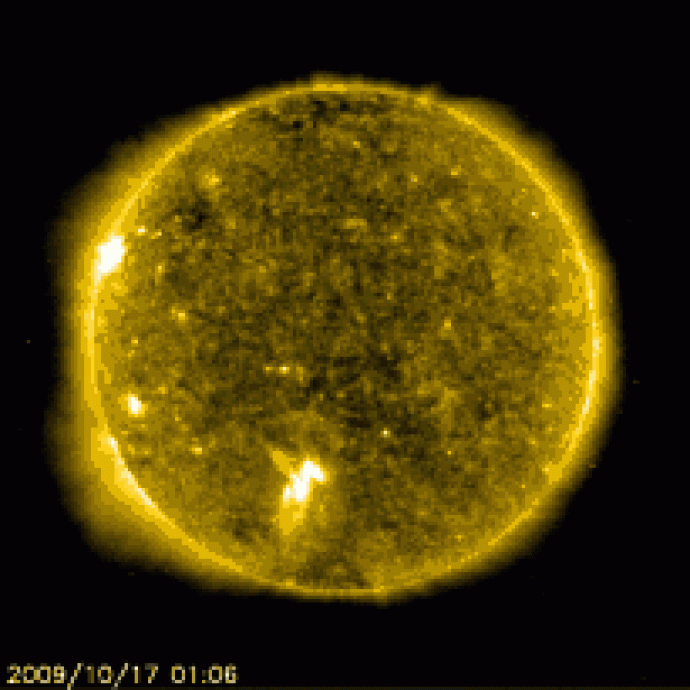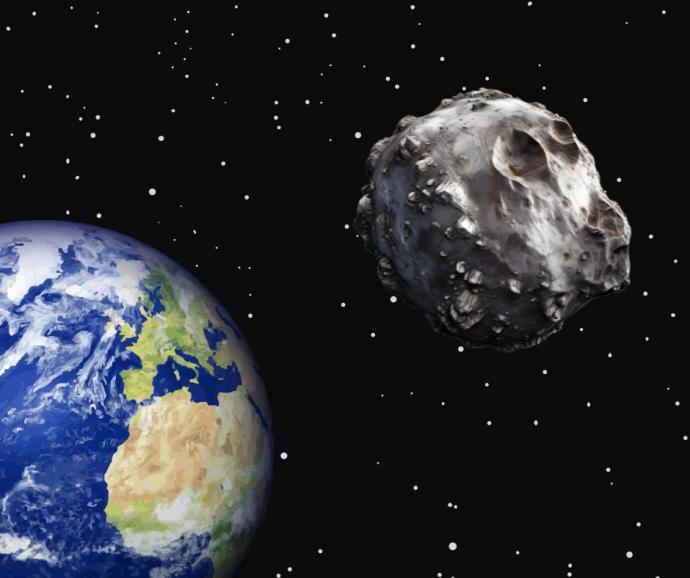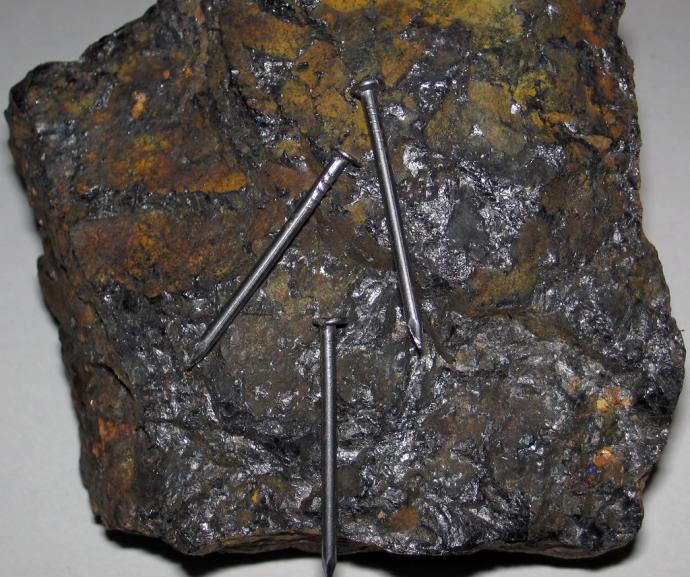Satellites
A satellite is an object which orbits another. An orbit is the curved path an object in space takes around another.

Space Stations
Did you know there are always humans in space?
Since 1971, men and women have been living for months at a time on space stations. These are spacecraft large enough for several astronauts to live there at once.

The Sun
The Sun is a star in the centre of our Solar System. It is the largest object and the only star in our Solar System.

Earth
Near-Earth Objects

Magnetism
Since ancient times, people have known about some rocks that could attract iron. When these rocks were rubbed on other types of metal, they had the power to make them attractive too. These items could also push each other away, repelling each other.

Life on Earth
Planet Earth was formed around 4.5 billion years ago. The first signs of life began about 3.6 billion years ago, in the ocean. The water in the ocean protected organisms living there from the dangerous rays of the sun.

Sky Coordinates
We use coordinate systems to find the position of a point on a surface.
For example, Latitude and Longitude are used to locate a position on the Earth's surface. They are both measured as angles.

Stargazing Glossary
Welcome to our stargazing glossary!
Here, you'll find key terms that will help you better understand the wonders of the night sky.

